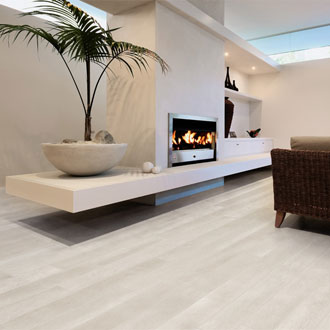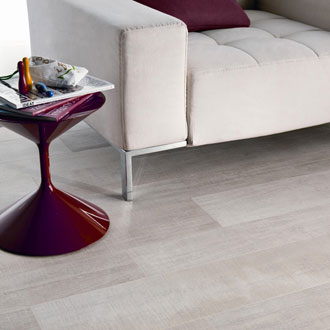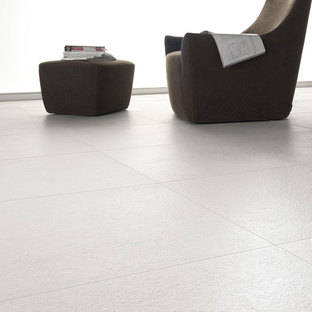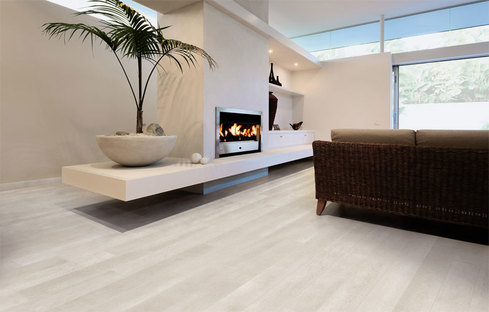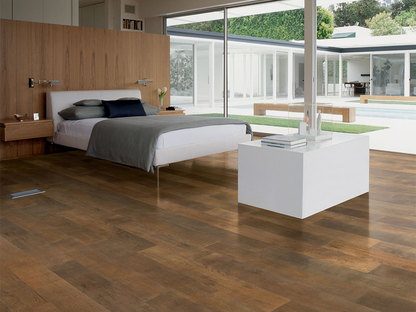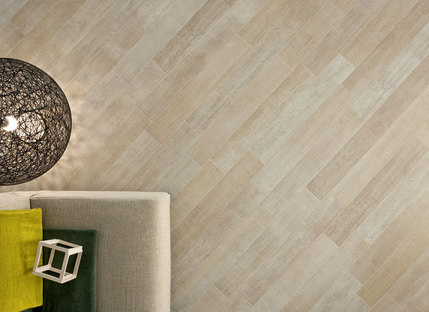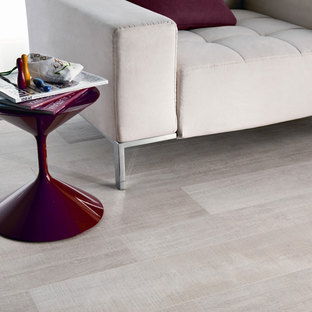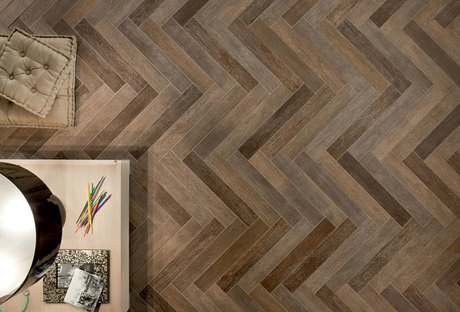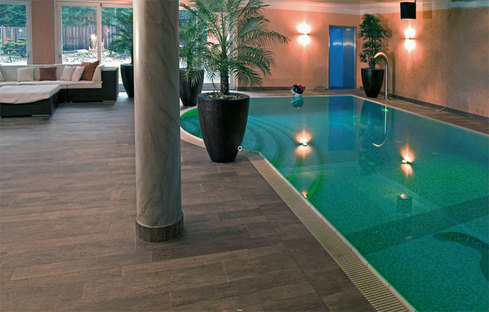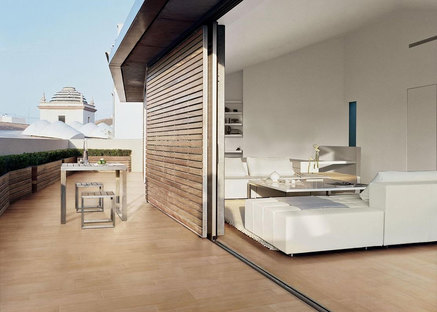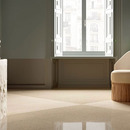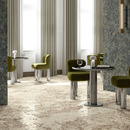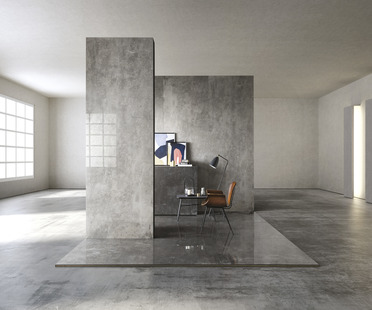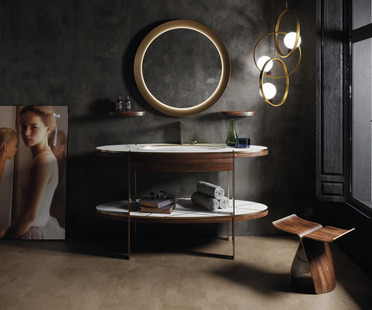05-07-2016
Improving the environment with Ariostea and Active tiles
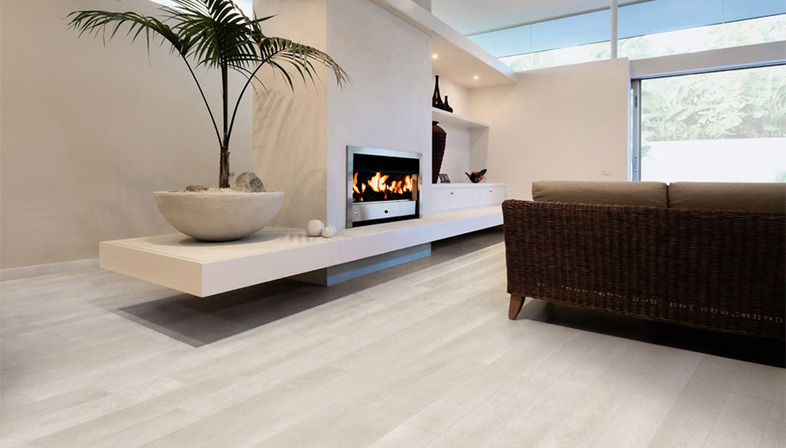
The mission of the world’s biggest porcelain tile makers is oriented toward research in the area of environmental sustainability, combining top quality products with all possible environmental benefits. Ariostea, a leader in production of high-tech porcelain since 1961, has always had a special focus on environmental issues, using raw materials with a low environmental impact (such as clay, feldspar sand, quarziferous sand) which are commonly found in the earth’s crust and not at risk of depletion. From these carefully selected materials, Ariostea makes high-tech natural marbles and stones through a production process combining the best technologies available on the market with constant control of all stages in processing.
Key environmental indicators in Ariostea’s porcelain production process include reduced waste of raw materials; reduced water consumption (with systems for treatment and recycling of all industrial wastewater); use of clean energy sources such as natural gas to produce heat; and optimal collection and recycling of scrap from the production process. These strong points in terms of environmental impact are particularly important in production of Active Clean Air & Antibacterial Ceramic, the new frontier in floor and wall coverings em>", a material which significantly reduces the harmful effects of the principal atmospheric pollutants (CO-NOx-SOx-VOC)". Pietra Sintra, Quarzite Bianca and, above all, the Rovere Bianco, Biondo, Corda, Grigio, Moka and Naturale collections are produced by the innovative Active method so that the ceramic interacts with the environment, helping to purify the air, make it healthier and eliminate bacteria from the floors and walls of the spaces we live in.
This is because porcelain surfaces treated by the Active method evolve into an active material with a new generation finish produced using innovative treatment with titanium dioxide (TiO2) in micrometric form, a particular compound which is fixed onto the porcelain at high temperatures during the production process. In the presence of natural or artificial light, TiO2 activates a natural process of photocatalysis which reduces atmospheric pollution and has an ongoing sanitising and bactericidal effect.
Marco Privato










